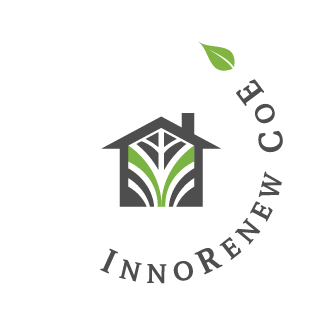
- PROJECT CODE: 101180622
- PROJECT TITLE: Lifecycle extension of salvaged wooden materials through reuse in dowel-laminated timber – EcoDLT
- PROJECT LEADER: Mohammad Derikvand, PhD
- PROJECT SUPERVISOR: Rok Prislan, PhD
- PERIOD: 1.9.2024 – 28.2.2027
- BUDGET: 155.559,36 €
- FINANCING: ERA Fellowships
- PROJECT COORDINATOR: InnoRenew CoE (Slovenia)
Reusing salvaged timber in new applications can make an important contribution to circular economy. However, currently the reuse of such materials is limited, especially in structural applications. One reason is the lack of demands from the wood sector due to the absence of standard grading procedures and other issues related to e.g., shape irregularities, service damages, dimensions limitation, and degraded properties, which will require costly, significant processing that makes salvaged timber less profitable. This project will demonstrate how a fit-for-purpose approach can be implemented in a practical manner to reuse salvaged timber in structural applications. The target application is in dowel laminated timber (here: EcoDLT) floor panels. In EcoDLT, salvaged timber will be reused in combination with new (raw) timber using a new fabrication method that will not require significant processing or gluing. This can reduce the processing costs, which can make salvaged timber more profitable and more attractive for the wood sector. The project will first evaluate the current state of salvaged timber resources in Slovenia using resource inventory. A resource classification method will be then established using which the reusability and profitability of reusing each resource can be determined (objective 1). In the next stage, the concept and fabrication method of EcoDLT will be developed experimentally and its structural properties will be examined (objective 2). Analytical models will then be developed for predicting the structural properties of EcoDLT using a new ‘well-known weak points’ concept, which will consider certain strength-reducing features of salvaged timber that are not represented in the existing models (objective 3). The project will contribute substantially to the EU’s circular economy goals and will lead to breakthrough innovation in wood cascading and analytical analysis of mass laminated timber elements with complex configurations.



